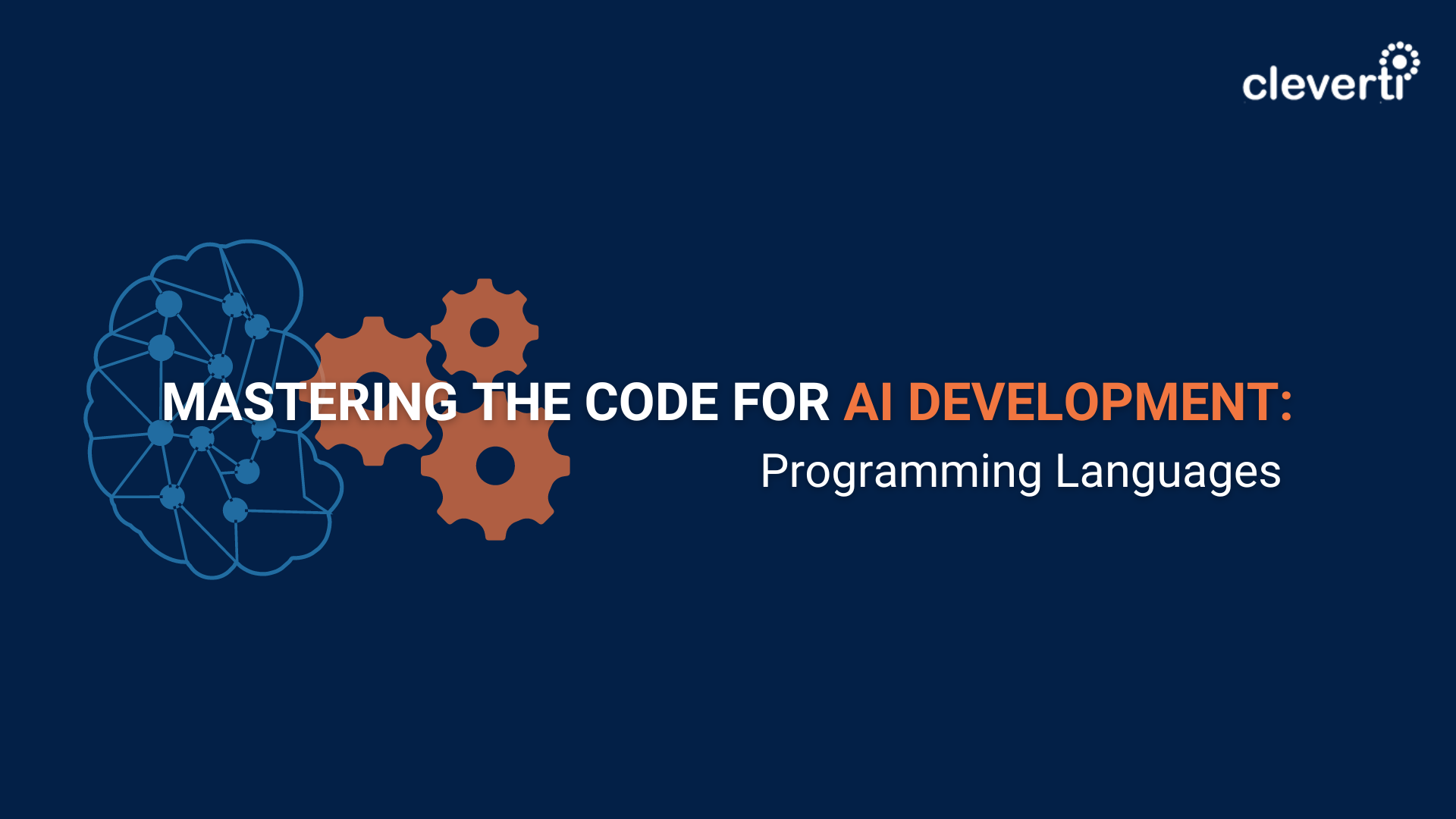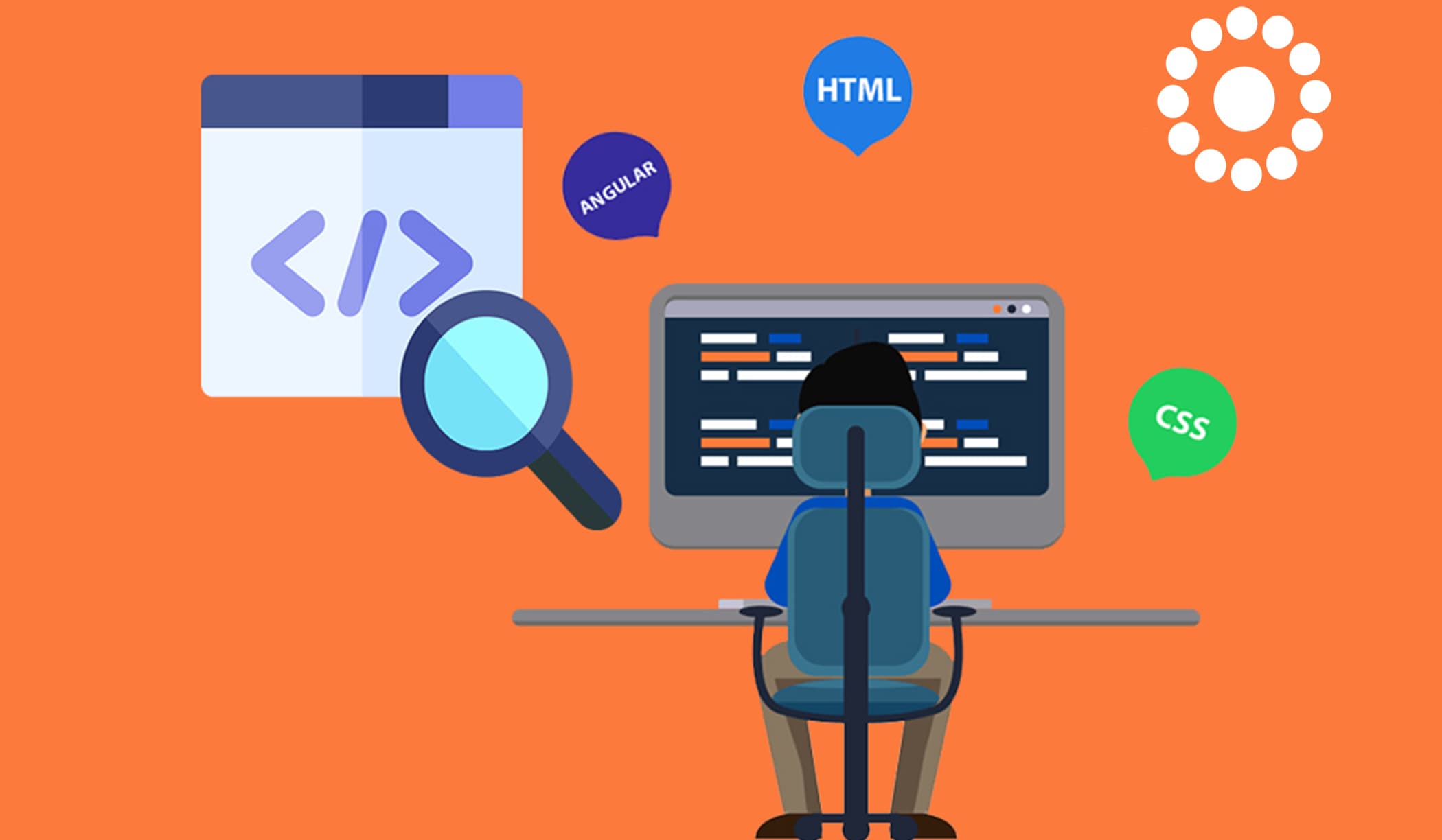For humans, driving is a trivial task. However, things are not that easy for a machine who can only deal with arithmetic and binary operations.
Electric Vehicles (EVs) are here to stay.
The majority of the big car manufacturers have already joined the new cycle. It started with plug-ins – a hybrid technology that combined combustion engines with electric power – but more recently, big bets are in the 100% EVs.
Designing such robust solutions have opened doors to develop another very cool and revolutionary technology – The self-driven Automobiles.
With more/less intelligence or independency, big part of the new cars sold today come with some sort of Artificial Intelligence (AI) that turn the action of driving into a safer and more pleasurable experience.
Behind such a brilliant AI that allows a car to move from point A to B without human intervention, there aren’t just many lines of code, but a quite unique and special ingredient – DATA.
Driving is a very complex task. For us humans, it’s easy to distinguish a pedestrian crosswalk from a regular paint on the floor, as it’s also trivial to check the differences between a red light from a commercial or a star in the sky. However, things are not that easy for a machine who can only deal with arithmetic and binary operations.
They need to learn with Real Data, and this is the reason why (big) data is the fuel for the success. These vehicles are constantly gathering data that is collected individually by each one of them, and then sent for the central server where the inputs are all processed.
Just like on a regular computer or mobile phone, these vehicles usually receive Over the Air Updates that improve reliability and security.
Recently at Cleverti, we had a Talk about this subject. You can check the amazing presentation that André Miranda and Dimitris Mostrous prepared for us in the following Youtube Video.
They show us how to make one script that can figure out just by watching a driving video – in first person – if the driving wheel should be in the right or left position. And guess what? It worked!

Written by João Silva | Business Development Manager at Cleverti







